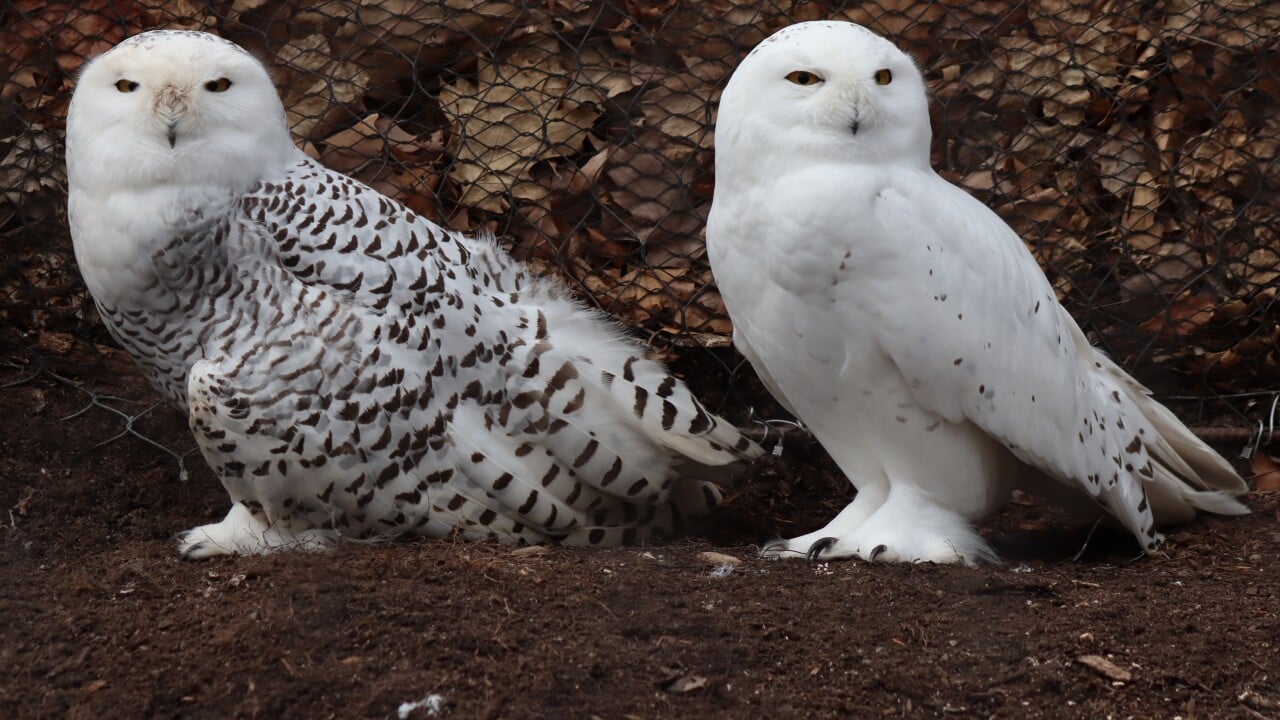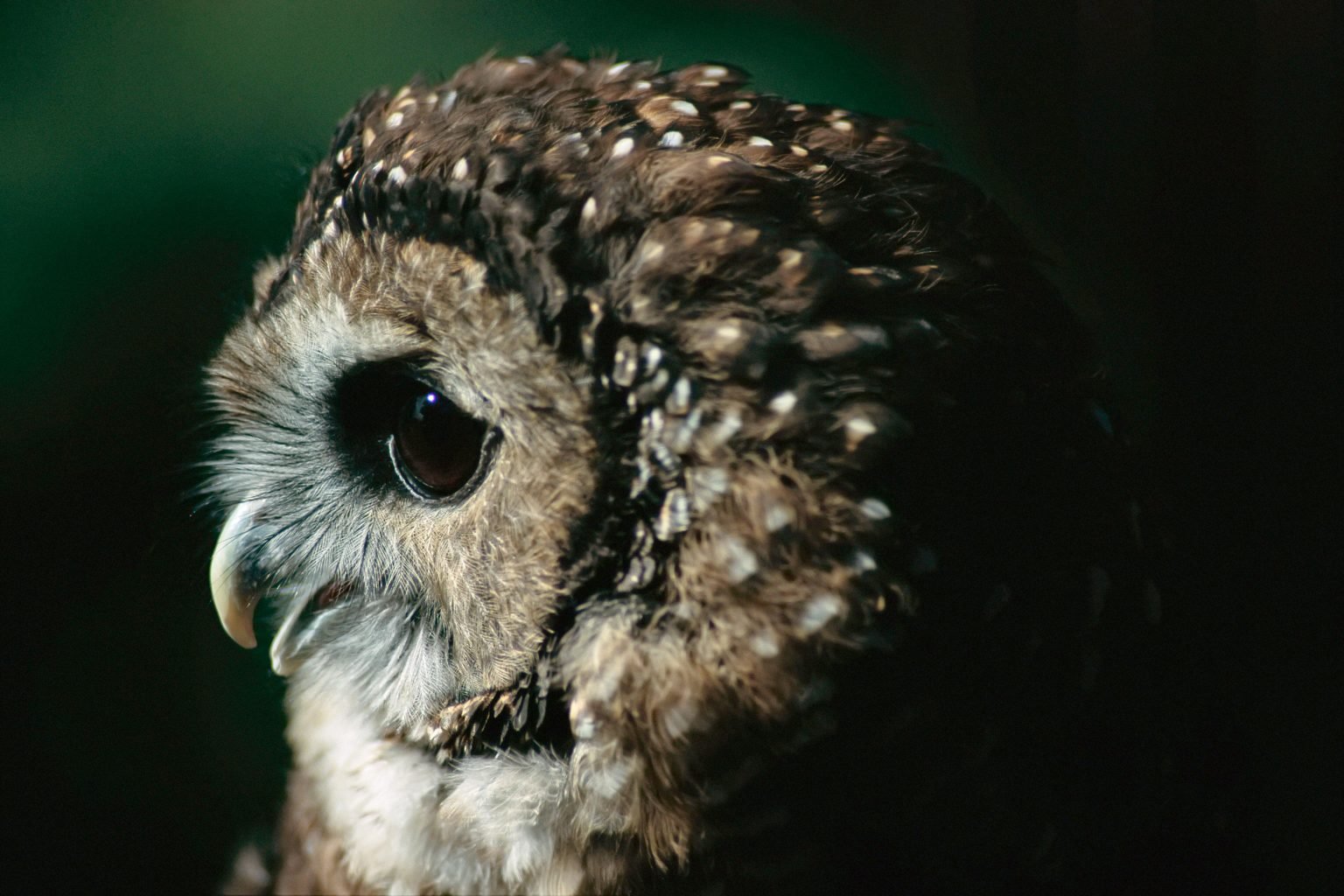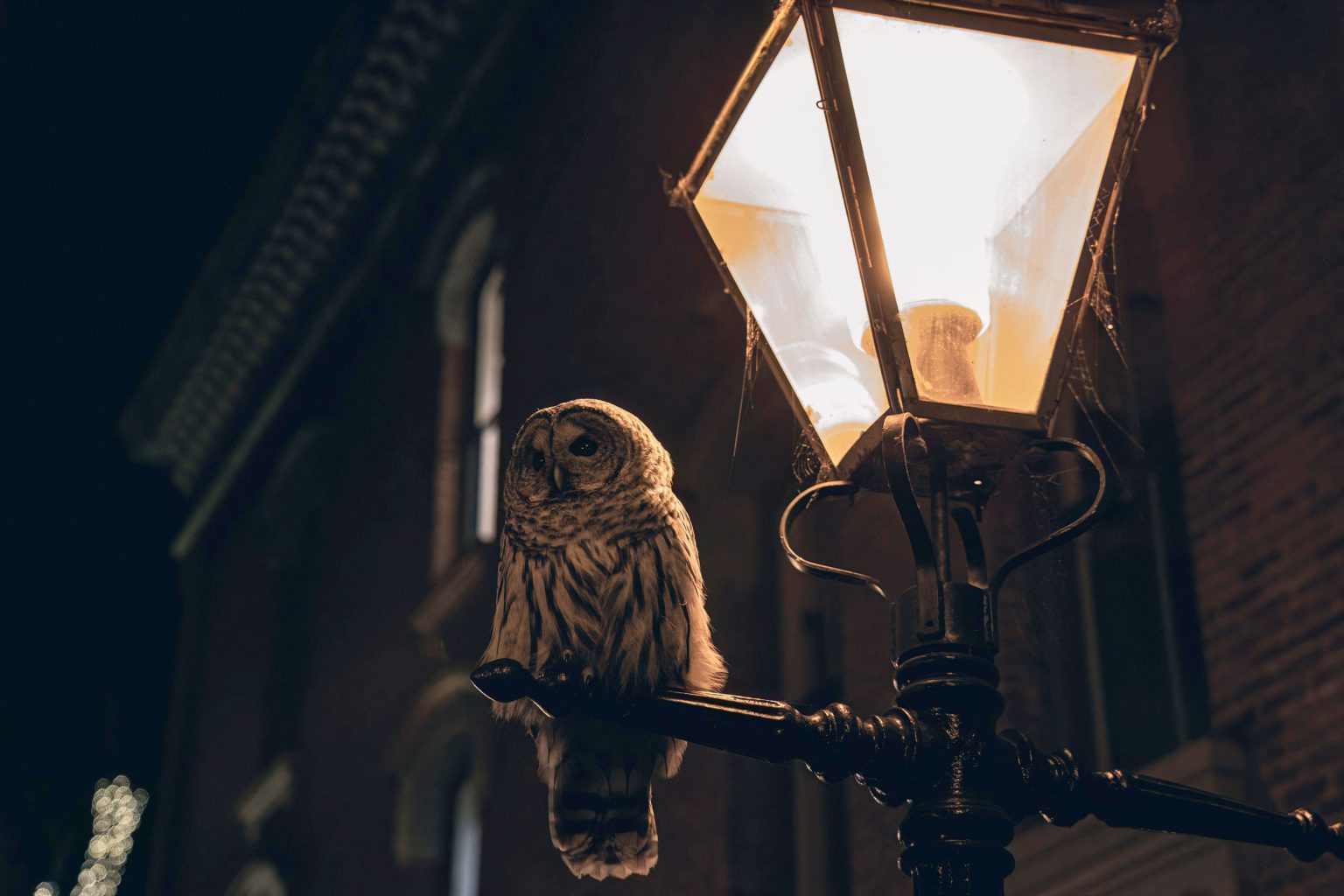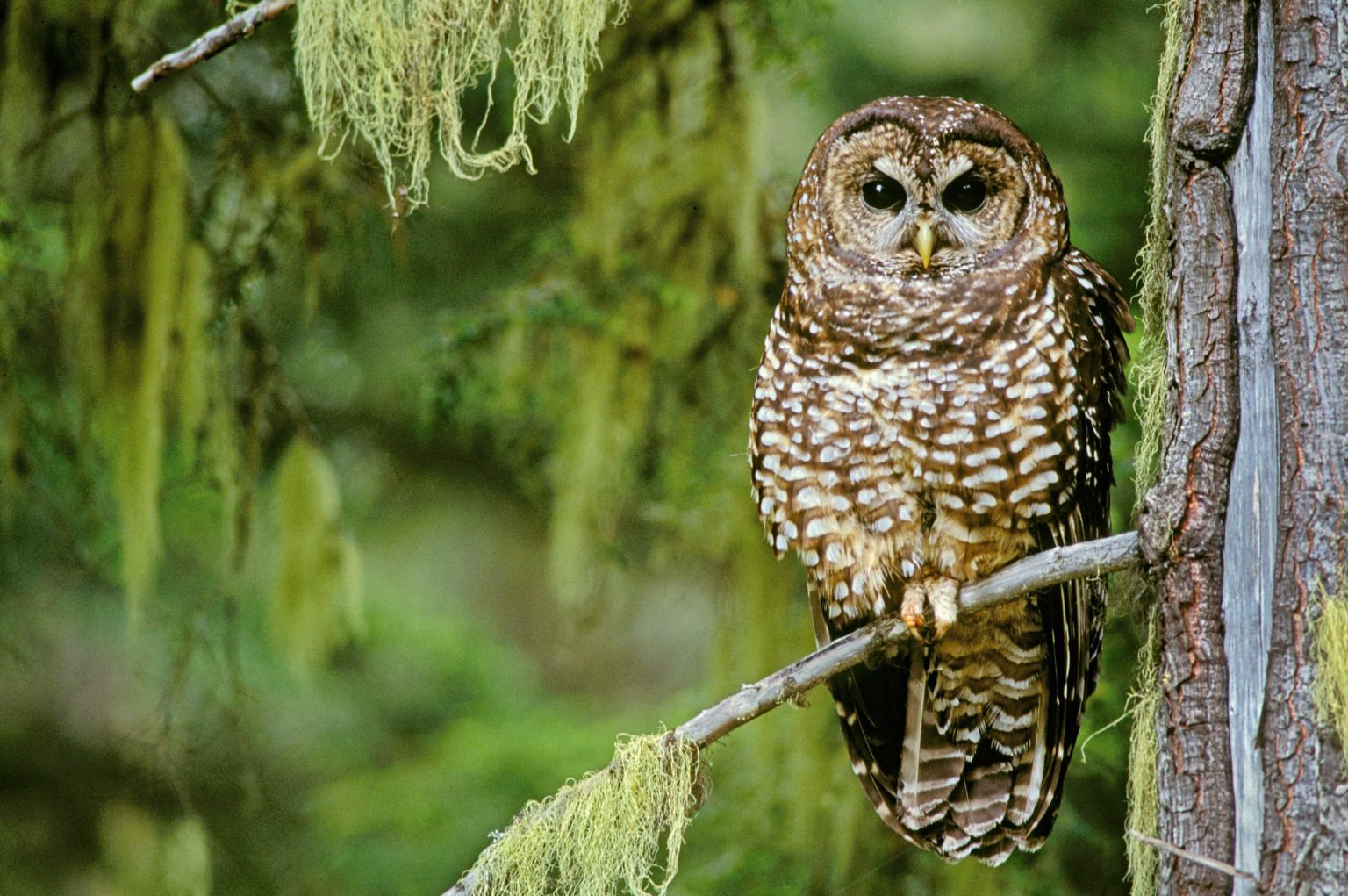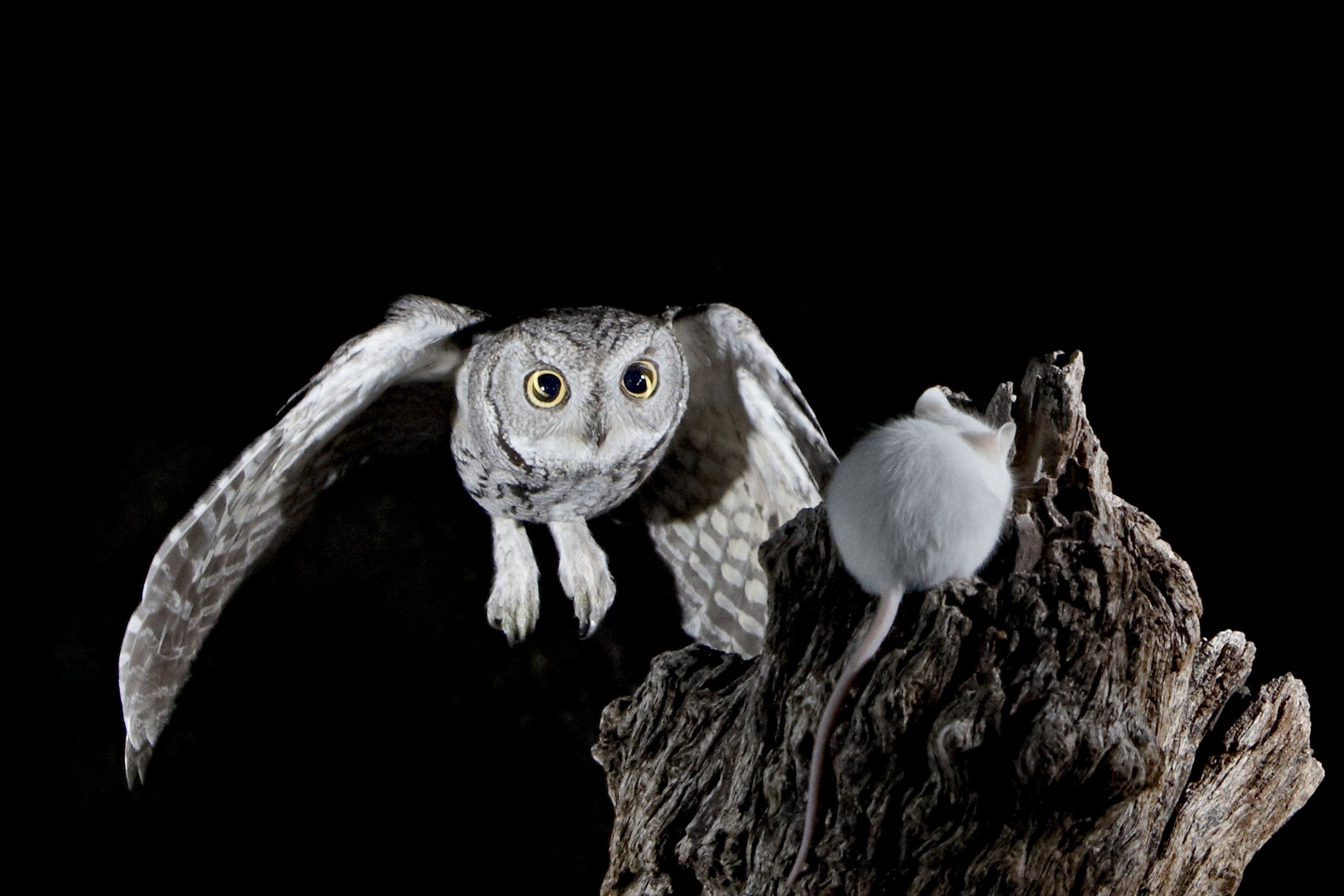
No one knows the population of the little [Screach] owl before barred owls busted into their island habitat. They were common on Vancouver Island in 1972 and uncommon by 2005. But like survivors in the horror flick A Quiet Place, the remaining western screech owls may have embraced silence to avoid deadly attacks. Today, they may hoot less often, so they may be undercounted. (The same may be true of the northern spotted owls.)
Strategic. But smart enough to ultimately outwit barred owls? “Barred owls seem to be quick learners,” Nightingale says.
